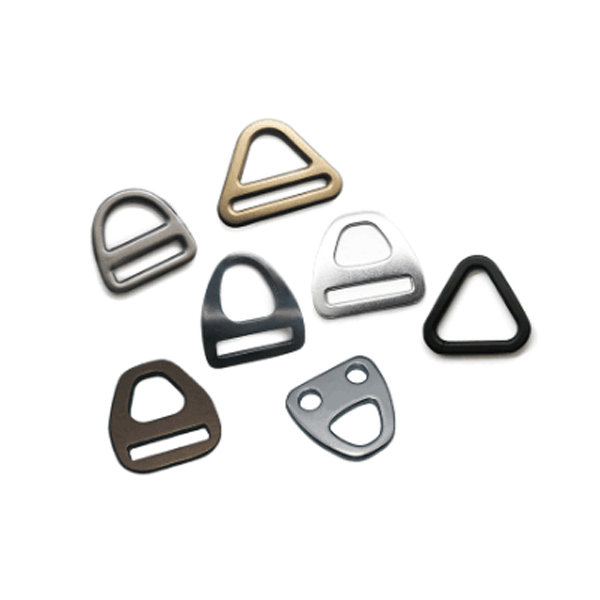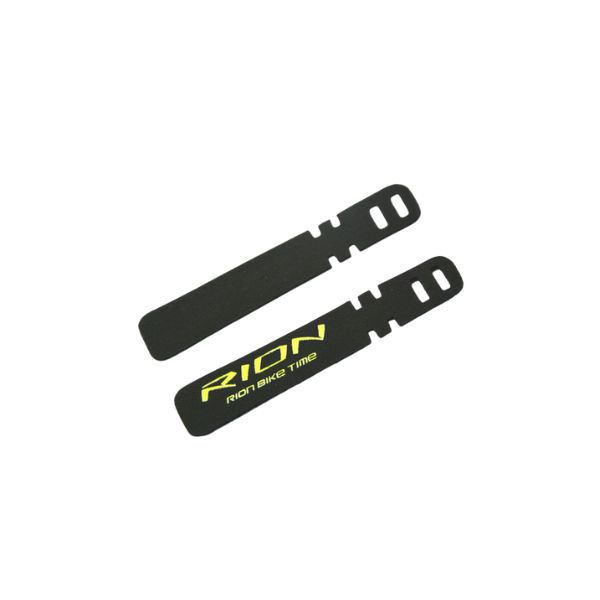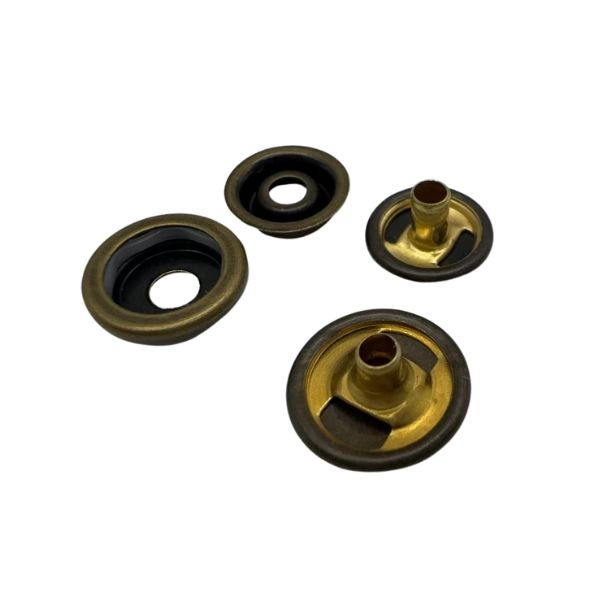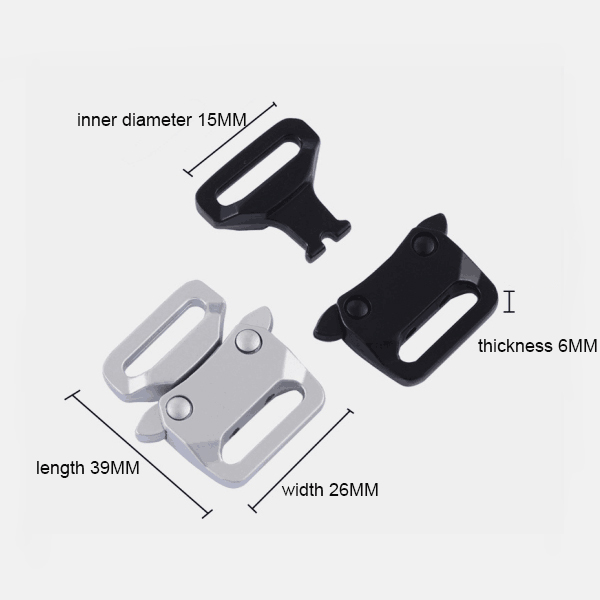Ribbons,or called webbing tapes, braids, are narrow fabrics or tubular fabrics made of various yarns, which are widely used in apparel, shoes, bags, industry, munitions, transportation and other industries. According to the characteristics and uses, the webbing can be divided into rigid webbing and elastic webbing, the production process of webbing includes warping, weaving, printing, solid color dyeing and finishing and other major steps:
This article mainly introduces the steps and purposes of the warping process, as well as possible problems.
Warping is the first step in the weaving process, and its purpose is to wind the cylinder yarns parallel to each other onto the warp beam for sizing. Do you know how a product is warped?
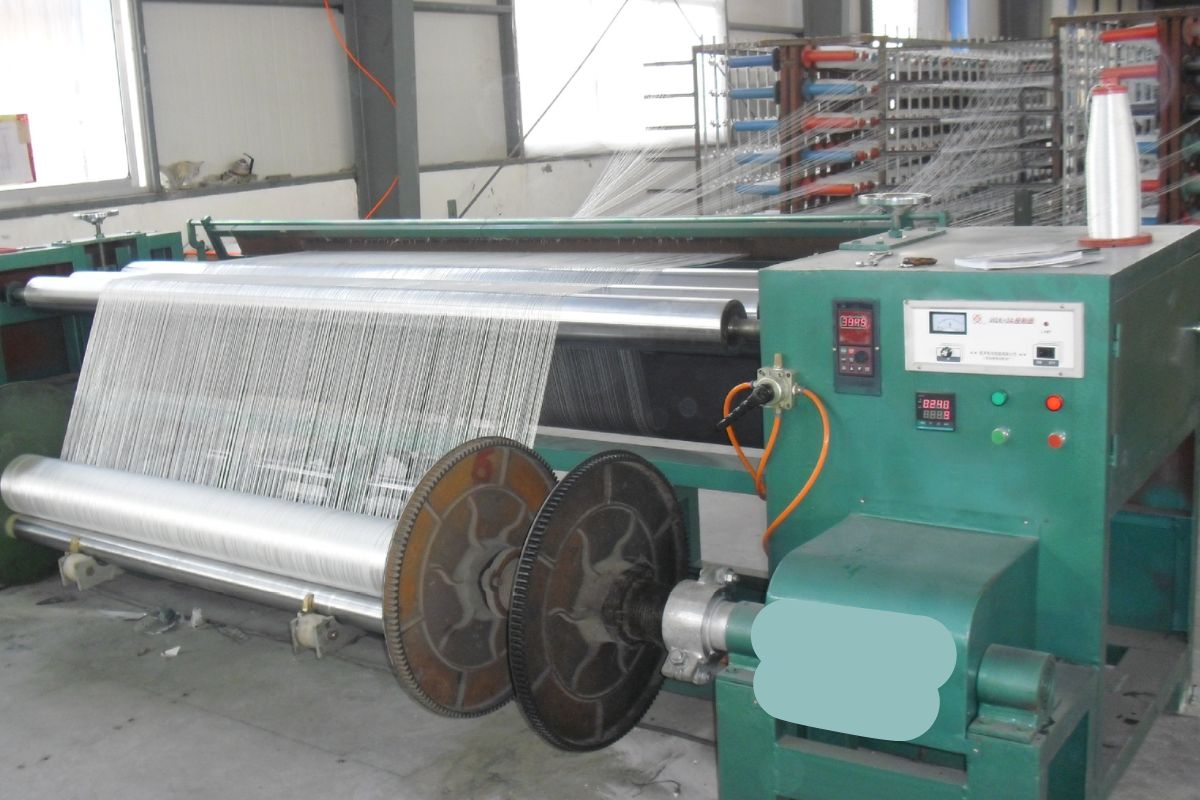
The essential machine for warping is the warping machine. The workflow of the warping machine can be summarized as follows: yarn supply, yarn arrangement, tension control, winding and final finishing.
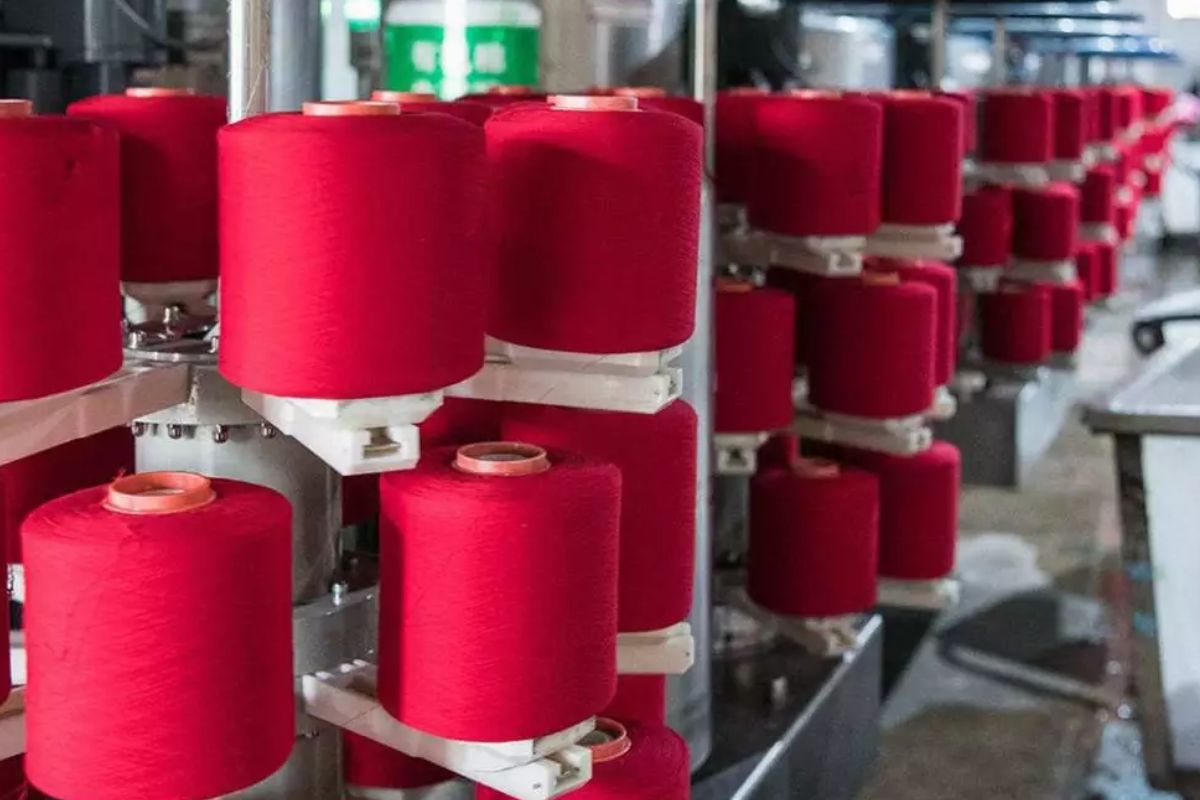
Yarn supply:
The first step in warping is to supply the machine with yarn. Typically, the yarn is drawn from large bobbins or carriers that are placed next to or behind the warping machine to allow the operator to change yarns or perform other operations.
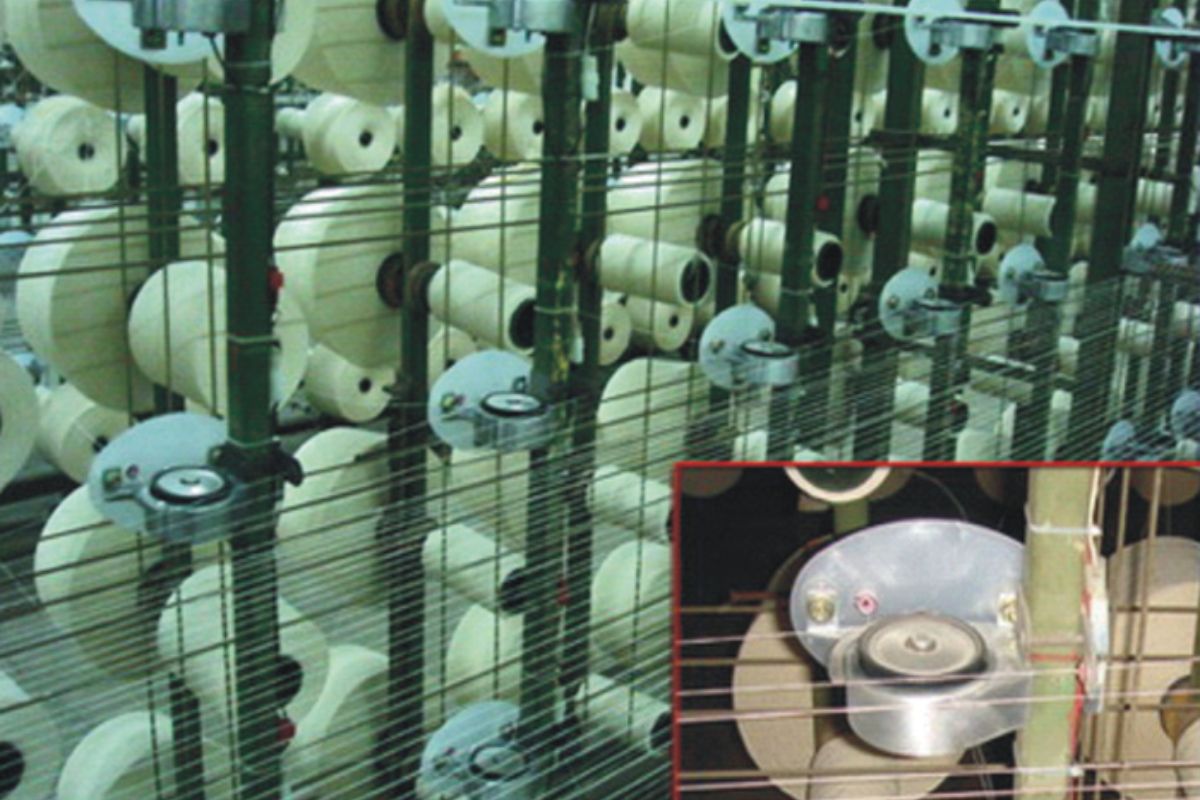
Yarn Arrangement:
After the yarns are drawn out, they need to be arranged in a certain order and density, which is usually accomplished by the yarn guides and yarn tension devices on the machine. The yarn guide ensures that the yarns are guided exactly to their intended position, while the yarn tension device ensures that the yarns are kept at a constant tension during the warping process, which is essential for the subsequent weaving process.
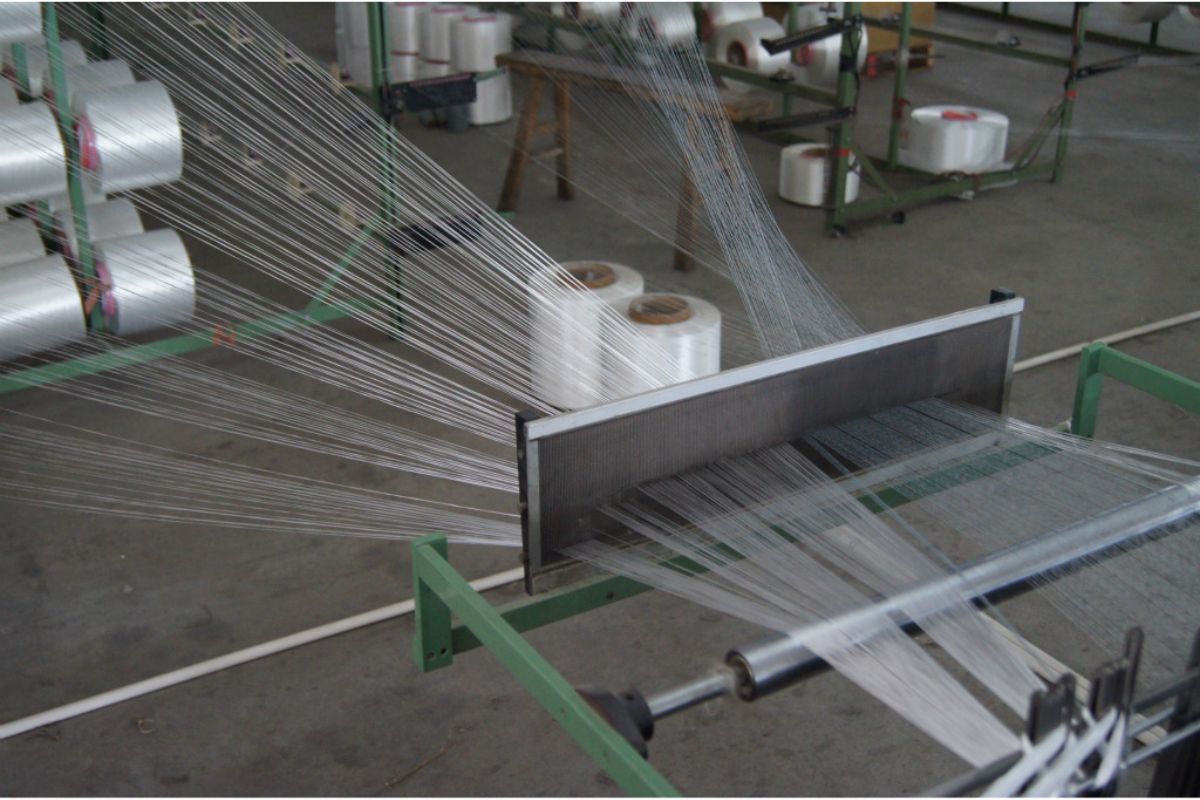
Tension control:
Yarn tension control is critical during the warping process. If the tension is too high, it can lead to yarn breakage; if it is too low, it can cause the yarn to slacken during the weaving process. For this reason, warping machines are usually equipped with a sophisticated tension control system to ensure that the yarn is kept at a constant tension throughout the warping process.
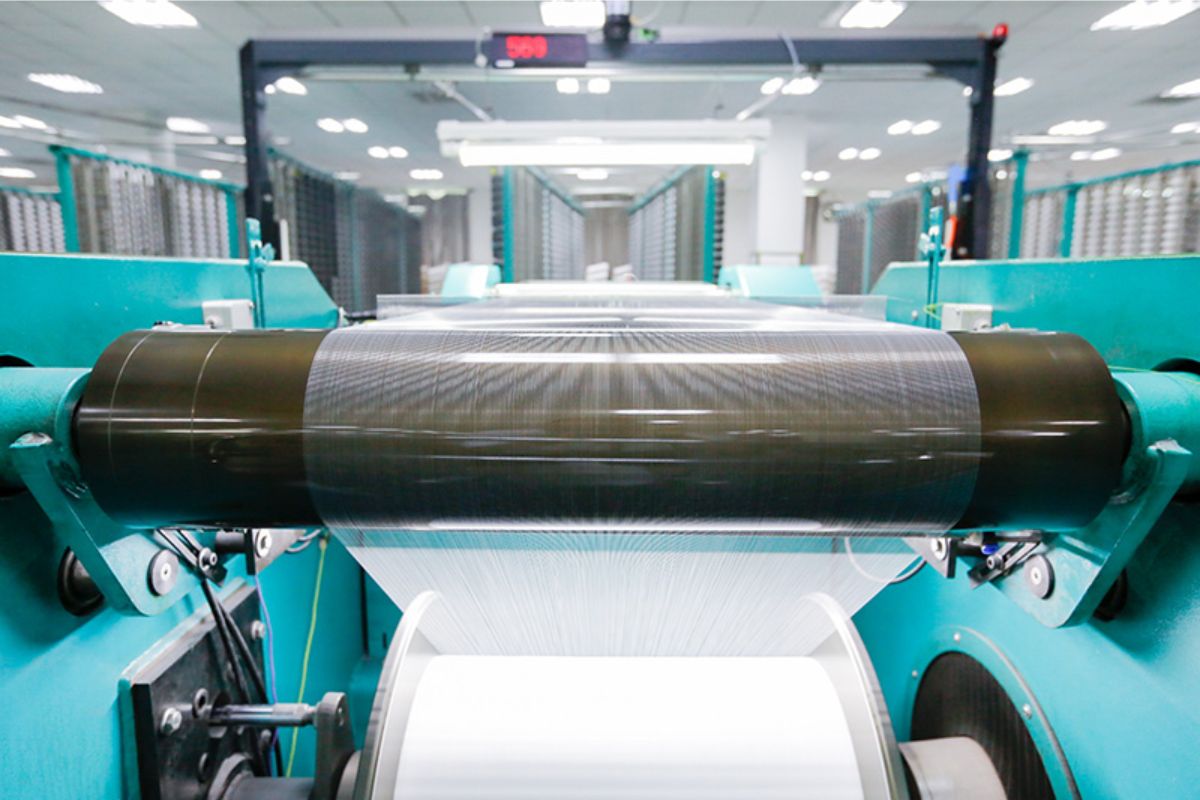
Winding and forming:
The aligned yarns are then wound onto the warp beam to form the warp yarn. This process is usually carried out by the winding device on the machine. The winding device evenly winds the yarn onto the warp beam according to pre-set parameters such as winding density, winding speed, etc.
Final Finishing:
After the warp yarns have been wound onto the warp beams, final finishing is also required. This involves checking the quality of the warp yarns, such as checking for yarn breakage, slackness, etc., and making the necessary repairs. At the same time, the warp beams need to be labeled and recorded as necessary for the subsequent weaving process.
The workflow of the warping machine is a highly automated process that requires certain specialized knowledge and skills from the operator. At the same time, the efficiency of the warping machine and the quality of the warp yarns are affected by a variety of factors, such as the quality of the yarns, the condition of the machine, and the skill level of the operator. Therefore, in the actual use process, it is necessary to carry out regular maintenance and repair of the warping machine to ensure that it can work properly and produce high quality warp yarns.
During the warping process, the following defects are likely to occur:
Warp yarns of different lengths, excessive filament return
Uneven tension of sliced yarns
Stranded head, inverted broken head
Soft and hard edges
Uneven elongation of sizing yarns
Oil stained yarn, wrong count yarn, feather yarn, flying flowers or back to the wire into the
Uneven winding
Width too big or too small
Wrong pattern, etc.
In order to minimize these defects, it is necessary to ensure that the yarn paths and machines are clean before warping begins, and to check the tension device, winding device, warping machine, etc. to ensure that they are functioning properly, so as to improve the quality of the tapes.


